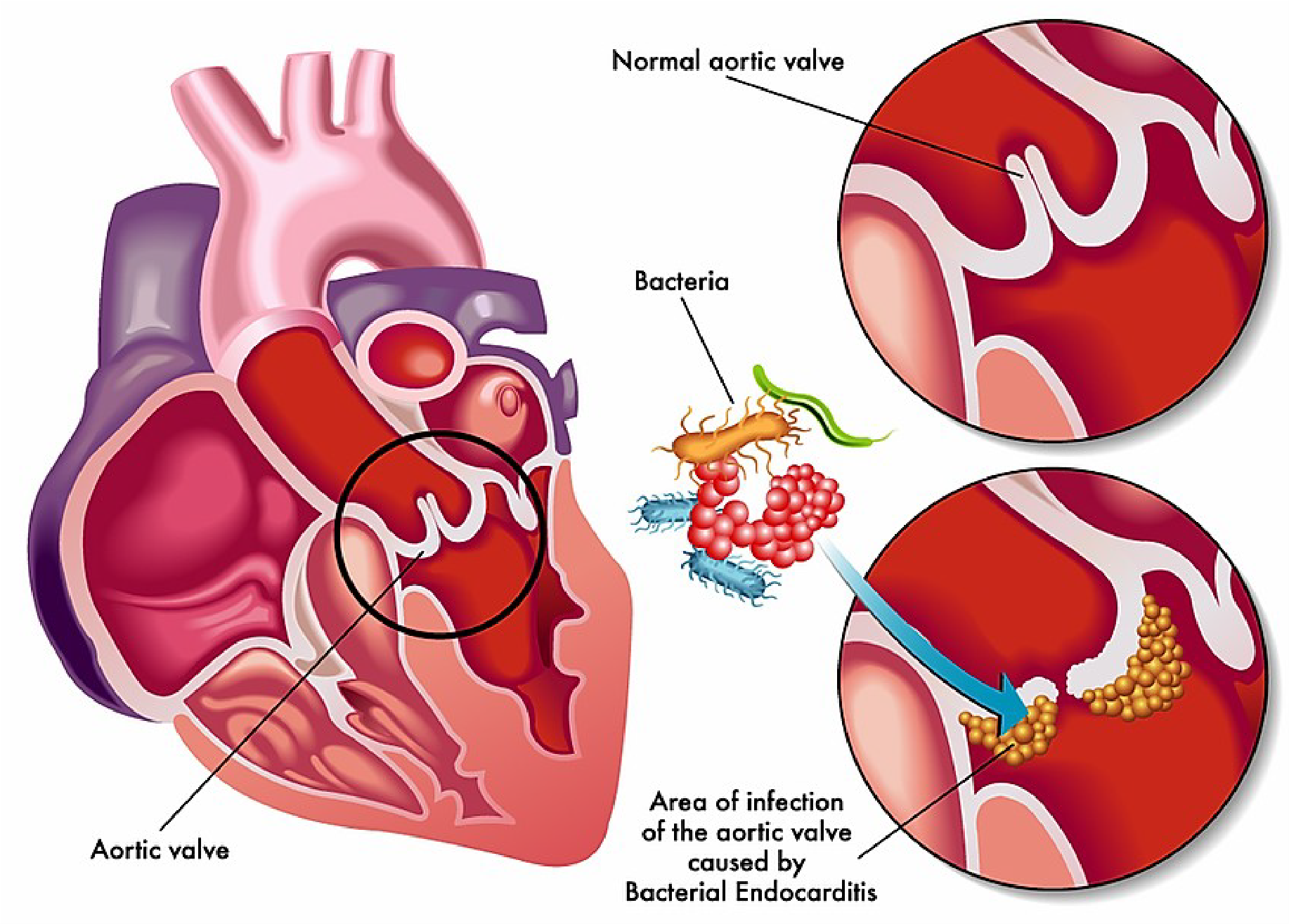Which of the following is a true statement
Hypoventilation causes hypocapnia
Hyperventilation causes hypercapnia
Hyperventilation causes hypocapnia
Hyperventilation results in an increased PaCO2
The Correct Answer is C
Hyperventilation refers to an increased rate and depth of breathing, which results in excessive elimination of carbon dioxide (CO2) from the body. Carbon dioxide is an acidic gas that helps regulate the pH of the blood. When too much CO2 is lost through hyperventilation, it causes a decrease in the partial pressure of carbon dioxide in the blood (PaCO2), leading to a condition called hypocapnia.
Hypocapnia can cause symptoms such as lightheadedness, dizziness, and tingling in the fingers and toes.
Nursing Test Bank
Naxlex Comprehensive Predictor Exams
Related Questions
Correct Answer is B
Explanation
Ischemia refers to the temporary deprivation of blood supply to a particular tissue or organ, resulting in reduced oxygen and nutrient delivery to cells. This can lead to cellular injury and, if prolonged, irreversible damage. Infarction, on the other hand, refers to the death of tissue due to prolonged ischemia. Necrosis is a type of cell death that occurs when cells are damaged or injured and cannot survive. Inflammation is the body's response to tissue injury or infection, and can be a result of ischemia or necrosis.
Correct Answer is C
Explanation
 Infective endocarditis is an infection of the endocardium (the inner lining of the heart), which can lead to damage of the heart valves. It is most commonly caused by bacteria, although fungi and other microorganisms can also cause the condition. The bacteria that most commonly cause infective endocarditis are Streptococcus and Staphylococcus species.
Infective endocarditis is an infection of the endocardium (the inner lining of the heart), which can lead to damage of the heart valves. It is most commonly caused by bacteria, although fungi and other microorganisms can also cause the condition. The bacteria that most commonly cause infective endocarditis are Streptococcus and Staphylococcus species.
Whether you are a student looking to ace your exams or a practicing nurse seeking to enhance your expertise , our nursing education contents will empower you with the confidence and competence to make a difference in the lives of patients and become a respected leader in the healthcare field.
Visit Naxlex, invest in your future and unlock endless possibilities with our unparalleled nursing education contents today
Report Wrong Answer on the Current Question
Do you disagree with the answer? If yes, what is your expected answer? Explain.
Kindly be descriptive with the issue you are facing.
